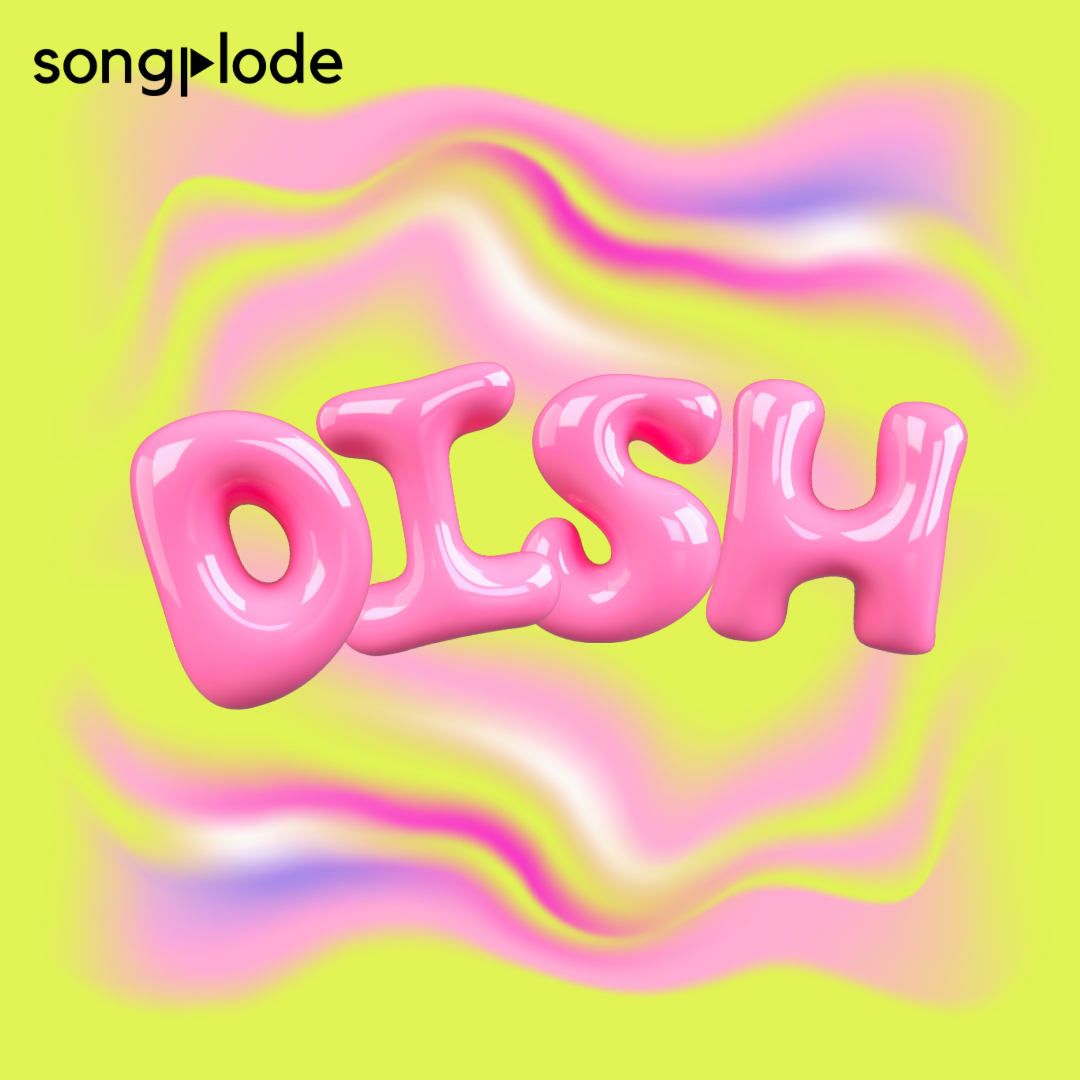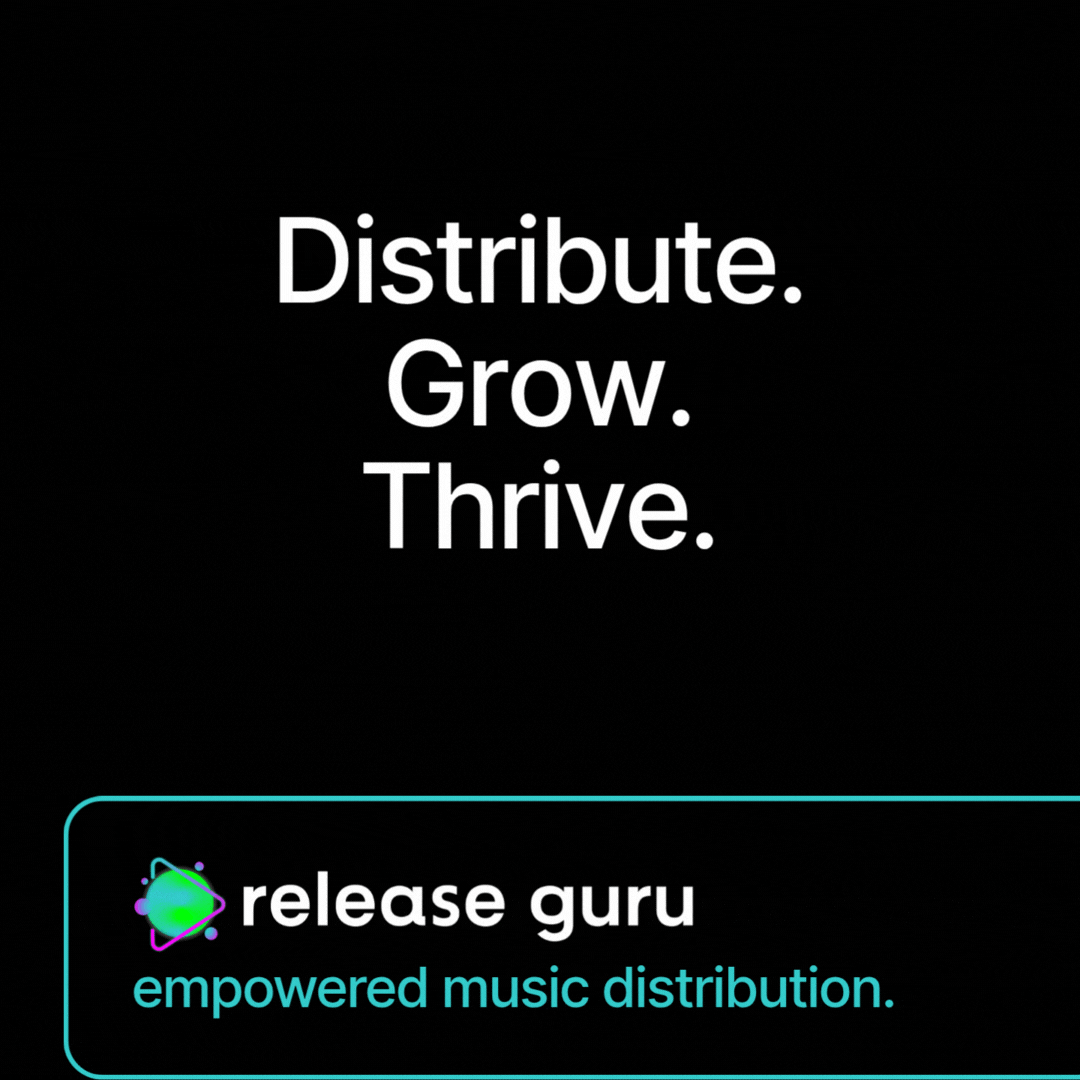>AI-Generated Content: Creators or Copiers?
The burgeoning field of artificial intelligence (AI) is reshaping the landscape of content creation, asking profound questions about the nature of creativity itself. The third installment of “Technological Transformations: Digital Media’s Next Steps” series probes the emergent dichotomy of AI-generated content—are these algorithms true creators, or merely sophisticated copiers? As AI takes on roles traditionally reserved for human creativity, the challenges and possibilities this technology presents demand careful exploration.
AI’s role in content generation spans multiple domains, from composing music and crafting visual art to writing articles and scripts. Leveraging advanced machine learning algorithms, these systems analyze vast datasets to produce original works, raising the stakes in the debate over originality, authorship, and creativity.
1. The Mechanics of AI Creativity: How It Works
At the core of AI-generated content are machine learning models, particularly those based on neural networks. These models are trained on extensive datasets to identify patterns and generate new content that mimics human-created works. For instance, OpenAI’s GPT-3 uses deep learning to generate remarkably coherent and contextually relevant text, while AI platforms like DALL-E produce compelling images from textual descriptions.
The ability to analyze patterns across diverse datasets enables AI to create content that can be surprising and innovative. However, this process also prompts questions about the limits of AI creativity and the extent to which these algorithms can truly originate new ideas or merely rearrange existing concepts.
2. Originality and Authorship: The Creative Question
A central question in the discourse on AI-generated content is whether these systems are creators in their own right or simply copiers of existing content. While AI can produce impressive works that often rival human creativity, the lack of consciousness or intentionality means that AI lacks the core attributes traditionally associated with artistic creation.
The issue of authorship further complicates the narrative. In cases where AI generates content, who should be credited as the creator—the engineer who designed the algorithm, the dataset that informed it, or the AI itself? This complexity necessitates a reevaluation of intellectual property laws and artistic recognition in the digital age.
3. The Benefits of AI in Creative Industries
Despite the philosophical debates, AI-generated content offers tangible benefits across creative industries. By automating repetitive or data-driven tasks, AI frees human creators to focus on more conceptual and emotionally engaging aspects of their work. For instance, AI can collaborate with musicians to generate compositions, offer writers a starting point for narratives, or assist filmmakers in editing footage.
Moreover, AI’s capacity to process vast datasets quickly enables content customization and personalization, meeting the growing demand for tailored experiences. From generating personalized recommendations to creating bespoke marketing content, AI’s efficiencies enhance both the breadth and depth of creative industries.
4. Ethical and Cultural Considerations: The Human Element
As AI integrates into content creation, ethical considerations come to the forefront. The potential for bias in AI systems, resulting from the data they learn from, can propagate stereotypes or emphasize certain cultural narratives over others. Ensuring diversity and inclusivity in datasets is paramount to counteracting these biases.
Furthermore, the cultural value of human-created art—rooted in emotional depth, lived experience, and subjective expression—poses inherent challenges to the integration of AI. Embracing AI means redefining what we value in creativity and acknowledging the nuanced contributions of human authenticity.
5. The Future of Creative Collaboration: Human and Machine
Looking forward, the most promising avenue for AI-generated content may lie in collaboration rather than competition. By leveraging the strengths of both human creativity and machine efficiency, new forms of artistic expression can emerge, expanding the boundaries of creativity.
Interdisciplinary partnerships between artists, technologists, and ethicists can facilitate innovative approaches to creativity, where AI serves as a tool that enhances rather than diminishes human potential. This collaborative spirit allows humans to direct AI’s capabilities towards the transformation of artistic processes, narratives, and experiences.
In conclusion, AI-generated content represents both a challenge and an opportunity for the future of creativity in digital media. As part of the “Technological Transformations: Digital Media’s Next Steps” series, the examination of AI-generated content underscores the need for a nuanced understanding of creativity, authorship, and ethics in a technology-driven world. By exploring these complexities, we can navigate the balance between creation and replication, ensuring that innovation enriches the tapestry of human expression while honoring the depth of our shared cultural heritage. The next step in technological transformation invites us to reimagine the creative process, bridging the divide between human spirit and machine intelligence.







